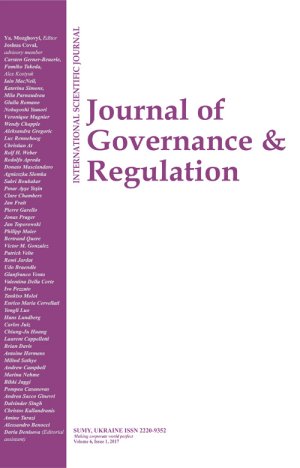
FAIR VALUE HIERARCHY IN FINANCIAL INSTRUMENT DISCLOSURE. IS THERE TRANSPARENCY FOR INVESTORS? EVIDENCE FROM THE BANKING INDUSTRY
Download This ArticleAbstract
The debate on fair value accounting is still open although the last 20 years have been spent in looking for solutions by academics, practitioners and institutions. After long and continuous discussion both on the basic concepts and the information level contained in fair value measurements and on the different solutions that are possible to adopt in mark to market measurements, IASB and FASB have recently issued new standards on fair value measurements applying some principles not only to financial instruments but also to property and other investments. To verify if the solutions adopted in these Standards really improve the disclosure level and the “usefulness of data for investors”, this paper analyzes the actual level of transparency and the “usefulness” of the “fair value hierarchy” (which from some points of view synthesized the Board’s way of thinking regarding to fair value) which has already been introduced for financial instruments by IFRS 7, Financial Instruments: Disclosure.
The paper presents results of an empirical investigation on a sample of domestic and foreign listed banks that adopted fair value hierarchy in line with SFAS 157 and IFRS 7 recommendations. Research questions can be summarized as follows: (i) does fair value hierarchy improve transparency in financial instrument evaluation in bank annual reports, or can it be considered as a tool for earnings management?
Keywords: Fair Value Hierarchy, Fair Value Measurement, IFRS7, Disclosure Requirements
How to cite this paper: Laghi, E., Pucci, S., Tutino, M., & Di Marcantonio, M. (2012). Fair value hierarchy in financial instrument disclosure. Is there transparency for investors? Evidence from the banking industry. Journal of Governance and Regulation, 1(4), 23-38. https://doi.org/10.22495/jgr_v1_i4_p2



















